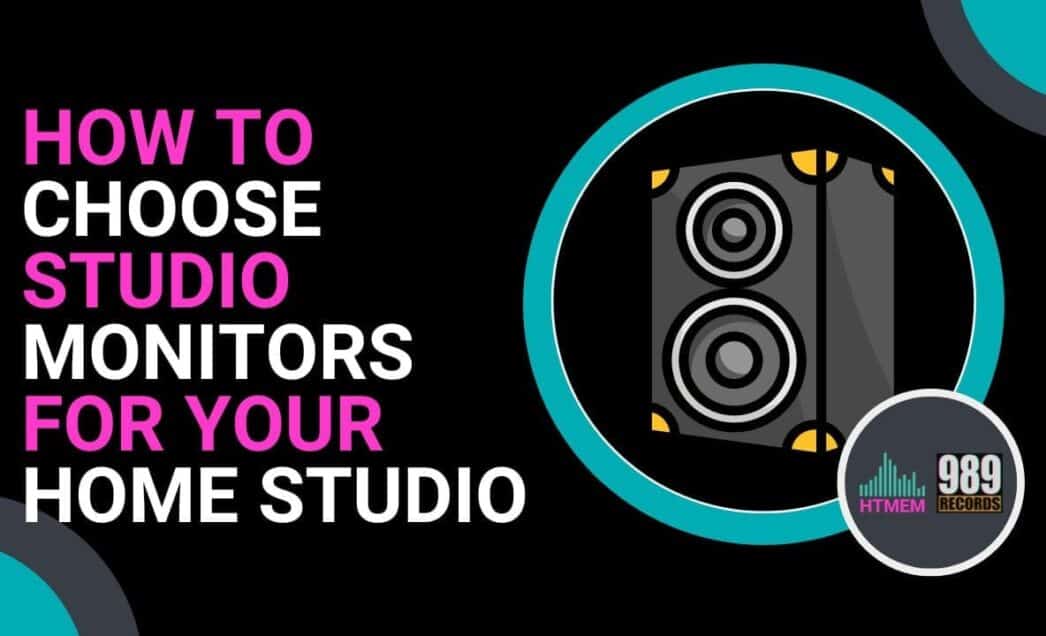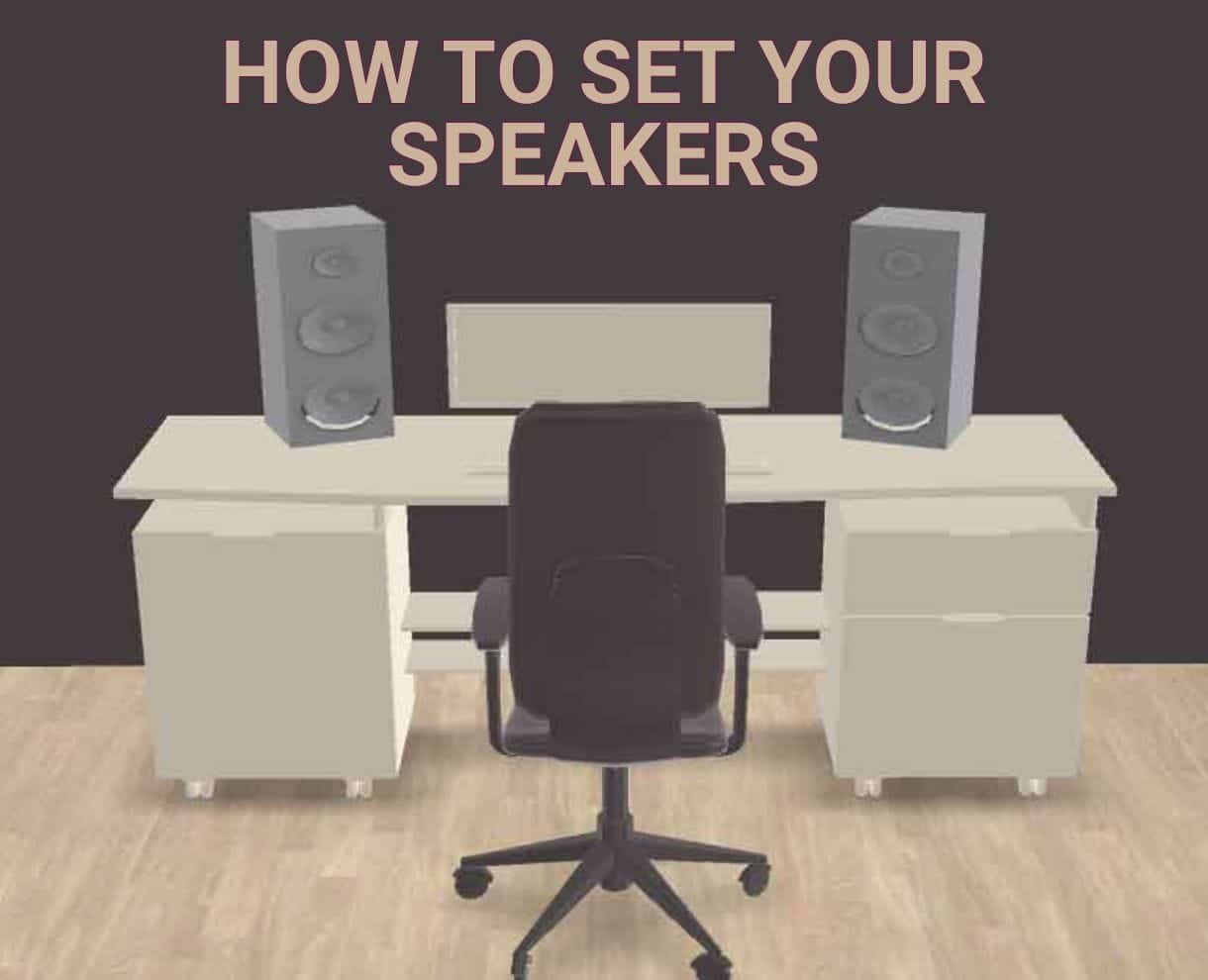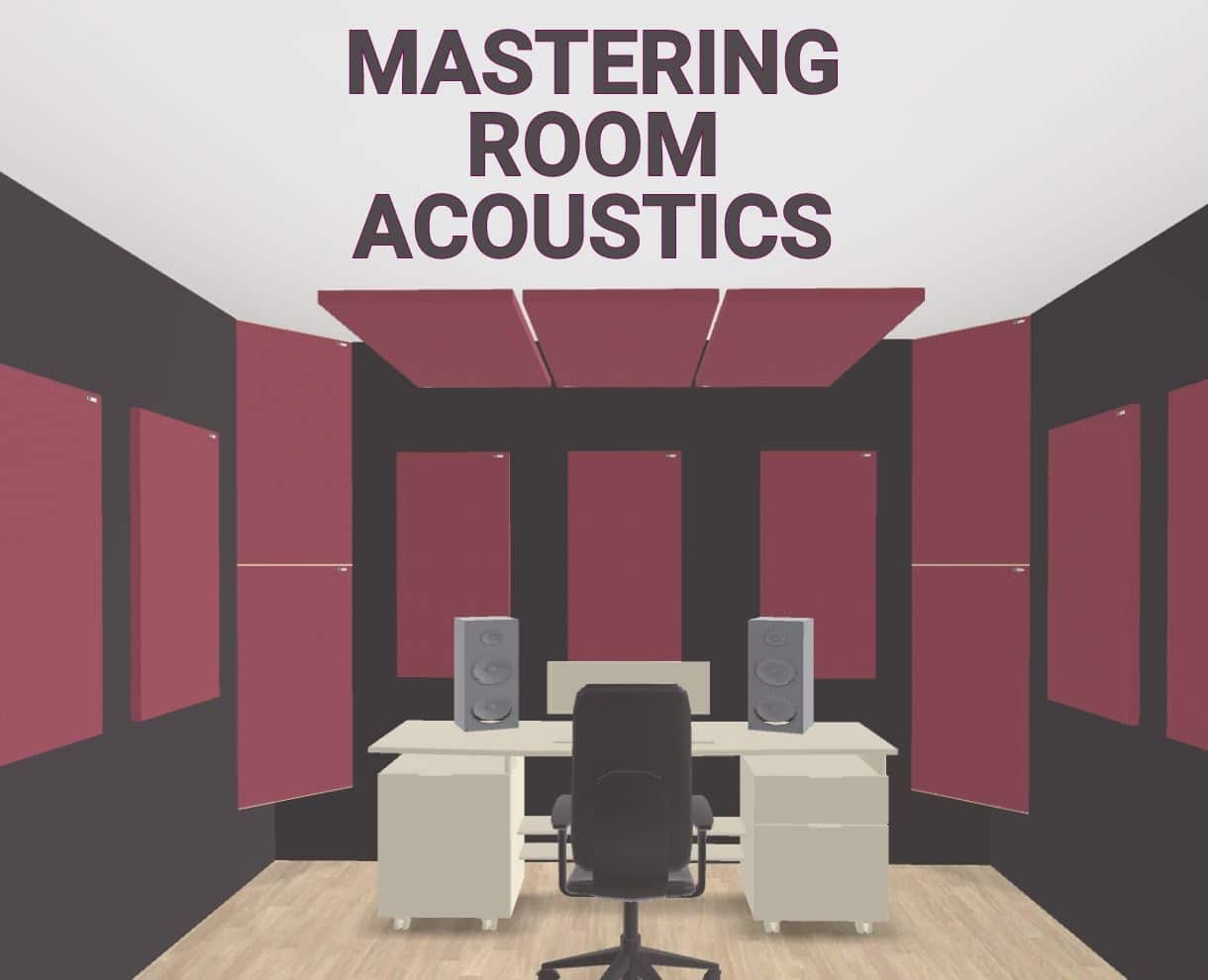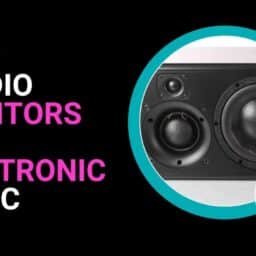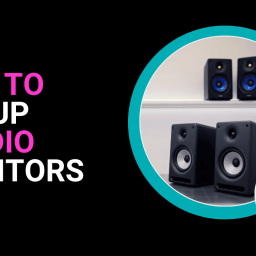Unlike regular Hi-Fi or domestic speakers, studio speakers, are designed to provide accurate and uncolored sound reproduction. They are used in recording studios and home studios to mix and master music, dialogue, and sound effects.
Studio monitors are available in various types and sizes, including active and passive monitors. Let’s understand something more.
Monitor Types: Nearfiled, Farfield, Passive, or Active Studio Monitors
Active monitors come equipped with built-in amplifiers, eliminating the need for external amplification. This makes them incredibly straightforward to set up, as they offer factory-matched components for better sound quality and features like tone controls to tailor the sound to your environment.
In contrast, passive studio monitors demand separate amplifiers, providing users with greater flexibility in selecting their amplification, connection cables, and the potential for customization.
Nearfield monitors are specifically engineered for listening at close range, making them ideal for smaller spaces.
On the other hand, midfield and farfield monitors are tailored for use in larger areas, offering optimal sound quality over greater distances.
Setting Up Your Studio Monitors
Placement and Listening Position
A pair of studio monitors is best positioned on stands or a mixing console, ideally with the listener seated at a distance of a few feet. The speakers should align with the height of the listener’s ears, ensuring that the listening spot is equidistant to both speakers.
Given that a room’s acoustics and the placement of speakers significantly influence sound quality, experimenting with various positions is crucial for optimal audio experience.
To do that and measure your room’s response you can use a free software called REW
Amplifier Configurations for Passive Monitors
Choosing between active or passive monitors is crucial, as the power rating significantly affects their performance.
Passive monitors necessitate the use of an external amplifier, available in single-amp, bi-amp, or tri-amp setups. The choice of amplifier configuration plays a crucial role in determining sound quality and power output, making it imperative to select the configuration that best aligns with your requirements. While bi-amp and tri-amp setups provide enhanced flexibility and superior sound quality, they also introduce greater complexity and higher costs.
Choosing the Right Size and Power
Studio Monitor Size: What’s the Right Size for You?
The size of studio monitors significantly influences sound quality and bass response. Larger speakers excel in delivering robust bass frequencies, whereas smaller speakers offer superior midrange and high-frequency clarity.
For home studios, 5-inch speakers strike a balance, providing adequate sound quality in a compact form. Conversely, more spacious environments benefit from larger speakers. The choice of speaker size should also reflect the genre of music you produce and the precision level your work demands, ensuring your setup meets your creative needs.
Power Rating Determines Performance
The performance of a speaker is significantly influenced by its power rating, as higher ratings provide greater headroom and superior sound quality. When selecting the appropriate power rating, take into account the dimensions of your room and the genre of music you create.
It’s crucial to understand that a higher power rating does not guarantee improved performance; other elements such as sensitivity and impedance also play a vital role. Additionally, studio monitors are designed to have a flat frequency response, ensuring that all audio frequencies are reproduced at the same volume level, which is essential for accurate mixing and mastering.
💰 Budget and Price Considerations
How Much Should I Spend on Studio Monitors?
A recommended investment for your initial set of quality monitors falls between $200-$400, though opting for high-end models can yield superior sound quality and additional features. When selecting the appropriate price bracket, take into account your budget and the specific genre of music you work with. Resist the allure of assuming that newer always equates to better, and remain receptive to exploring various options.
Room Considerations
Room Size and Sound Level
The size of the room and the sound level significantly influence a speaker’s performance, necessitating more potent studio monitor speakers for larger spaces. When selecting the appropriate speaker size and power rating, take into account the dimensions of your room and the genre of music you create. Additionally, the acoustic treatment plays a crucial role in sound quality, making it vital to consider in your studio setup.
Acoustic Treatment for Accurate Sound
Acoustic treatment significantly enhances sound quality by minimizing reflections and resonances. Reflect on the genre of music you create and the precision needed to select the appropriate acoustic treatment. While DIY options exist, investing in professional acoustic treatment often yields superior outcomes. Additionally, the significance of speaker drivers in the design and performance of studio monitors cannot be overstated, as the arrangement and quality of these drivers impact sound clarity and frequency response.
Features to Consider
Ported vs Non-ported Studio Monitor Speakers
Ported studio monitors enhance bass response, though they may introduce more resonances and reflections. In contrast, non-ported monitors provide superior midrange and high-frequency clarity but might fall short in delivering robust bass. When selecting between ported and non-ported monitors, consider your music production style and the precision level you need.
Additional Features to Enhance Your Studio Experience
Studio monitors come equipped with a range of features, including built-in EQ, compression, and limiting. When selecting the appropriate features, (again) always consider the genre of music you produce and the precision needed (Demo? Mixing? Mastering?).
Upgrading and Maintenance
When Should You Upgrade Your Studio Monitors?
Consider upgrading your studio monitors if you seek enhanced detail, better stereo separation, definition, or extended low-end response.
While upgrading your studio monitors can significantly enhance sound quality, it may not be imperative if your existing monitors meet your needs.
Conclusion
Selecting the ideal studio monitor demands a thorough evaluation of your specific needs and preferences. Take into account the genre of music you create, the dimensions of your workspace, and the degree of precision you need.
Resist the temptation to automatically opt for the latest models, and instead, be willing to explore various alternatives (like speaker placement, speaker calibration, room acoustic treatment). It’s crucial to acknowledge that auditory perception varies from person to person; what suits one individual may not suit another.
Suggested Readings
Daw Comparison Chart: The Top DAWs for Music Production
Practice and Enjoy!

